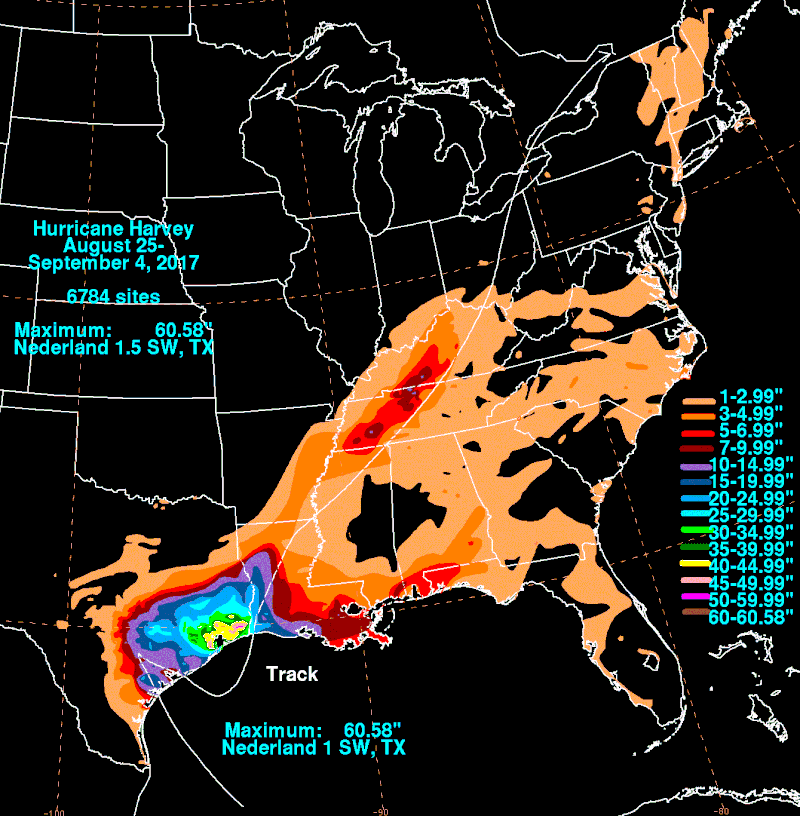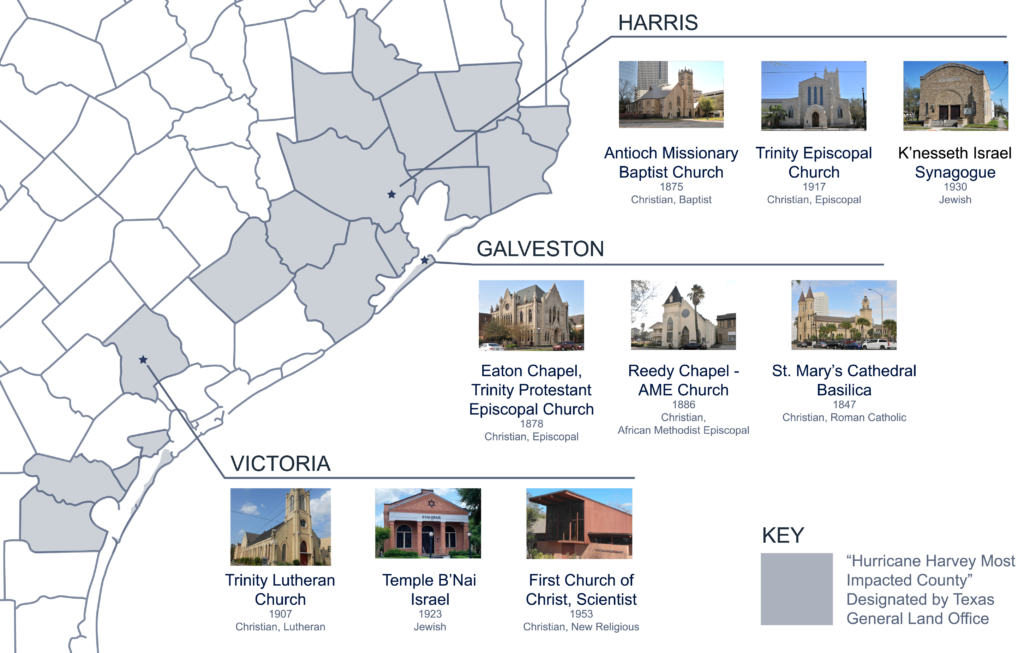Gulf Coast Hurricanes and Floods
As storms become more intense, historic buildings must brace for impact.
But how?
That’s the question The UTSA Center for Cultural Sustainability is trying to answer.
Our work begins with Sacred Places, historic houses of worship.

